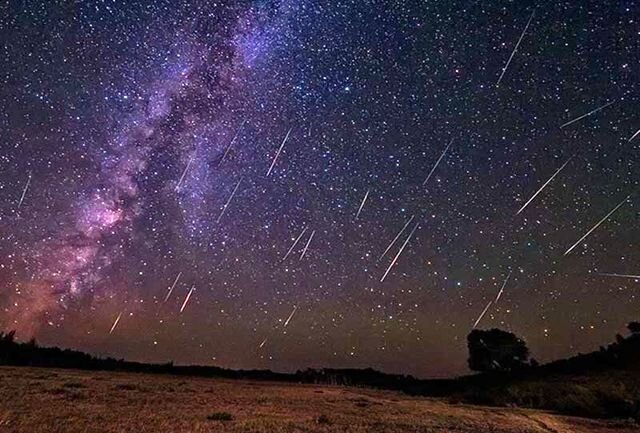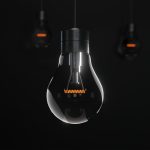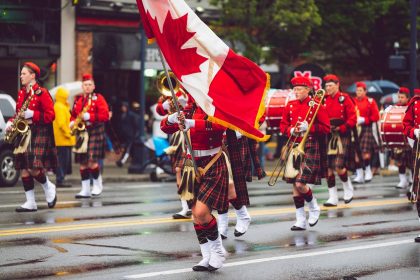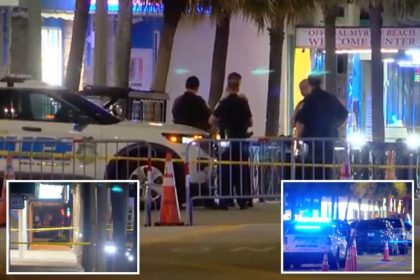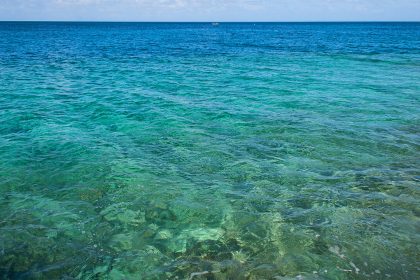In a conversation with Mehr reporter, Kazem Kokram said about the quarterly meteor shower and its observation time in the sky of Iran: In the winter season, the most important meteor shower we have is the quarterly meteor shower, which reaches its peak in January. This meteor shower is active from 6 to 27 January. The reason why its name is Rabi is related to an old constellation called Rabi, which was in the range of Awa, Dragon and Ursa Major constellations in the past, but in the new division of the International Astronomical Union, there is no news of it, but its name remains. is
This science journalist added: This meteor shower is caused by the impact of the remaining particles from the passage of the asteroid 2003 EH with the Earth’s atmosphere, which will peak in the form of meteors between the 13th and 14th of January. Some astronomers also consider the origin of the quarter meteor shower to be a missing comet. When the earth passes through these particles, they enter the atmosphere and burn up due to friction and create beautiful and bright meteors. Since the orbit of this asteroid is short, we always witness a quarter meteor shower in a relatively favorable position in the sky. In other words, we have abundant rainfall.
This astronomy teacher, while stating that this meteor shower usually reaches its peak every year on the 13th to the 15th, noted: Until a few days ago, the International Meteor Organization had announced that the peak of the meteor shower would be on the 13th and 14th of January, but the site More precisely, this organization announced that the peak time of rain on Friday night is at 21:15 Iran time.
Kokram continued: Therefore, if we are somewhere away from air pollution and light dust on Friday night and have a starry sky, considering that it is the third night of the lunar month, we may see good meteors from this meteor shower. The ninth point about this meteor shower is that the duration of its peak activity is usually short and will be around 5 to 6 hours.
He added: Therefore, Friday night from sunset to midnight is the best time to see meteor showers. According to the latest data of the International Meteor Organization, Friday night is the most ideal time to observe this meteor shower.
This astronomy lecturer stated: Since this meteor shower reaches its peak in cold nights and the center of the shower is close to the north pole of the sky, and usually in the nights of January, the percentage of air is more cloudy, for this reason, it is better than the meteor shower. which occurs in the summer, is less known and people have not gone to observe this rainfall.
Kokram further noted: The quarterly meteor shower has many showers and during the peak time, we can observe nearly 100 or more meteors in one hour. This meteor shower appears in the sky at a speed of nearly 40 km/s slower than the Savoushi meteor shower, and it is very attractive to see them and photograph them.
In the end, he suggested that those interested in observing this meteor shower should wait for the showers after dark on Friday night. In big cities, we don’t have much luck and maybe we can see one or two meteors in one or two hours, but if we are outside the city and the sky is dark, maybe we can see more than 60-70 meteors in one hour.
RCO NEWS




